Types of Mold and How to Combat Them: A Comprehensive Guide
Mold is a common household problem that can lead to health issues and damage to your home. It thrives in moist environments and can grow quickly if left unchecked. There are many different types of mold, each with unique characteristics and potential health risks. Understanding these types of mold and how to combat them is essential for maintaining a healthy home environment.
Types of Mold
- Aspergillus Mold: Aspergillus is one of the most common types of mold and can be found in both indoor and outdoor environments. It typically grows on surfaces such as walls, insulation, and food. Aspergillus can cause allergic reactions and respiratory problems, particularly in people with weakened immune systems.
- Cladosporium Mold: Cladosporium is another common type of mold that grows on damp materials such as fabrics, carpets, and wood. It can cause respiratory problems and allergic reactions in some people.
- Penicillium Mold: Penicillium is a type of mold that is commonly found in water-damaged homes. It can grow on surfaces such as wallpaper, carpet, and insulation. Penicillium can cause respiratory problems and allergic reactions.
- Stachybotrys Mold: Stachybotrys, also known as black mold, is a toxic mold that can grow in areas with high moisture, such as bathrooms and kitchens. It produces mycotoxins that can cause respiratory problems, headaches, and even neurological issues.
- Alternaria Mold: Alternaria is a common outdoor mold that can also grow indoors on damp surfaces. It can cause asthma and allergy symptoms in some people.
Combatting Mold
- Identify the Source: The first step in combatting mold is to identify the source of the moisture. Check for leaks in your roof, pipes, or appliances, and repair them as soon as possible.
- Reduce Humidity: Mold thrives in humid environments, so reducing the humidity in your home is essential. Use a dehumidifier or air conditioner to keep the humidity levels below 50%.
- Clean and Disinfect: Once you have identified the source of the moisture and reduced the humidity levels, it is time to clean and disinfect the affected areas. Use a solution of bleach and water to clean moldy surfaces, and wear protective clothing, including gloves and a mask.
- Use Mold-Resistant Products: To prevent mold from returning, consider using mold-resistant products in your home, such as mold-resistant drywall or paint.
- Seek Professional Help: If the mold problem is severe or widespread, it may be necessary to seek professional help. A professional mold remediation service can safely and effectively remove mold from your home.
In conclusion, understanding the different types of mold and how to combat them is crucial for maintaining a healthy home environment. By identifying the source of moisture, reducing humidity levels, cleaning and disinfecting affected areas, using mold-resistant products, and seeking professional help if necessary, you can prevent and combat mold growth in your home.

